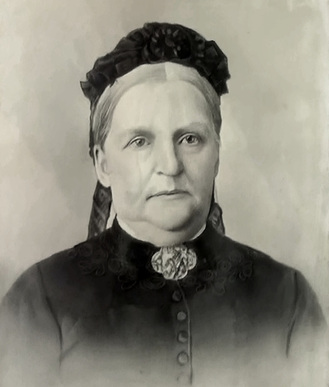 Mary Robinson (COATES) COMPTON, my great-great- grandmother
Mary Robinson (COATES) COMPTON, my great-great- grandmother Mary was the eldest daughter of James COATES (1790-1862) and Sarah ROBINSON (1795-1862) who where married in 1824 by license in the town of Holton By Halesworth, Suffolk (inland from Southwold on England’s east coast). She was born 22 Mar 1827 in South Elmham Suffolk where a month later she was baptized in All Saints and St Nicholas Church. Mary had 1 older brother and 4 younger sisters: George Louis, Harriet Elizabeth, Sarah Abbott, Anna and Fanny. The family was not without means or property in Suffolk according to Mary’s grandfather’s will of 1819.
By 1841 James had moved his family to Kirby-Le-Soken, Essex (on the coast east of Colchester almost 100 km to the south). It is possible that some of their children were born there (baptisms have not been found for the youngest 2). George, Mary and Harriet (the oldest 3) were no longer living with their parents in 1841, and so far their exact location in 1841 has eluded me. Perhaps my Mary was the one attending school in Woodbridge Suffolk and boarding with other girls in the household of governess Louisa Foster. In 1851 Mary's parents were still in Kirby-Le-Soken, no children in sight, and by 1861 her parents and 2 of her sisters had moved to Weeley, Essex. But where was Mary?
I sometimes wonder if Mary was “brought out” for the express purpose of meeting and marrying into the prosperous COMPTON family who were considered to be the proprietors of Lot 17. Although marriage records have not been found, events obviously moved very quickly. Just 16 months after immigrating, Mary gave birth to her first child, my great grandmother Harriet Washbourne COMPTON on 8 Mar 1849. Presumably in 1848 Mary had married Albert Harry COMPTON. He was usually known as Harry after his grandfather Harry Childeroy Compton as were others - it was a popular name among his descendants! Perhaps their religious differences had something to do with where or how they married, or the lack of a record. Mary was Anglican, whereas Harry had been baptized a Catholic (his father had converted after immigrating to PEI years earlier). This would usually be quite the obstacle against marriage, yet they must have found a way.
Mary’s family flourished, and over the next 23 years she had a total of 11 children (6 girls and 5 boys), all christened in St Johns Anglican church in St Eleanors, PEI. In the 1861 census (which only lists the head of household by name), it states that Harry's household contained 10 members of the Church of England, and 1 Roman Catholic. I am assuming Harry was the 1 Catholic. So perhaps it was Mary who saw to their children's religious upbringing. Harry was busy farming their own 175 acres in North St Eleanors. And as his family had a place of prominence in the area, one would hope that affairs in the community and in the family were amicable.
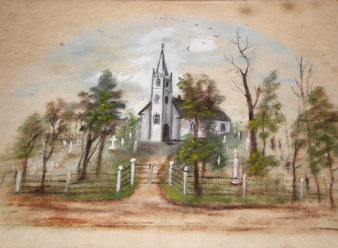 Painting of St Johns Anglican Church, St Eleanors, PEI, Canada, c1860, where Mary's children were baptised, and Mary & Harry are buried. Courtesy of http://peiheritagebuildings.blogspot.ca/2011/07/st-johns-anglican-church-st-eleanors.html
Painting of St Johns Anglican Church, St Eleanors, PEI, Canada, c1860, where Mary's children were baptised, and Mary & Harry are buried. Courtesy of http://peiheritagebuildings.blogspot.ca/2011/07/st-johns-anglican-church-st-eleanors.html By 1881, Mary and “Albert” were listed with 6 children, all Church of England. In 1889 at the age of 66 Albert Harry Compton wrote his will and on 20 September that same year he was buried in the St Johns Anglican churchyard (in spite of the records being kept at St Mary’s in Summerside). Mary was only 62. According to his will, their son William Henry (called Henry) inherited the farm but widow Mary was considered the head of the household in 1891. Shortly thereafter Henry married his cousin Kate Compton, and although they didn’t have any children of their own, they adopted their niece Katherine Compton. By 1901 Henry was the head of household, with Mary and her unmarried daughter Fanny still living with them on the farm.
So we know that Mary had a long and hopefully happy life in Canada. But was it any different for her relatives back in England?
Coates, James from The Examiner [PEI, Canada] July 7, 1862 pg. 3.
"Death on the 5th of Jun at Ipswich, Suffolk, England, greatly respected, James Coates age 72 years, beloved father of Mrs. Harry Compton of St. Eleanors.”
There was a corresponding death registration for James Coates in the second quarter of 1862 in the Ipswich Registration District in Suffolk England. He was 72.
This was not the end of the family misfortune. Mary had also published an obit for her brother George a short time earlier, in March 1862:
Coates, George Louis from The Islander [PEI, Canada] Mar 14 1862 pg 3.
“Death on the 17th Jan. of consumptions at Weely, Essex, England age 37 years, Mr. George Louis Coates only brother of Mrs. Harry Compton of St. Eleanors.”
How tragic that he succumbed to tuberculosis at too young an age.
And there were more. In the first quarter of 1862 I found a death registration for Sarah Coates in the Tendring Registration District of Essex, which includes the parishes of Kirby-le-Soken and Weeley where the family lived. I’m fairly sure this was Mary’s mother. In trying to trace Mary’s other sisters, I have sadly found probable death registrations for Harriet (1861), Sarah (1862) and Fanny (1861) as well. I’m not sure what happened to Anna, but there is a chance that she died as a young child in 1841. I have had no success finding marriages or families for any of Mary's siblings.
Looking more closely at the sequence of these family deaths (potentially 6 within a 2 year span), it would seems probable that Mary's father James was the last to die. Left all alone, in sickness and in grief, it makes sense that James would have moved away from Weeley in Essex and back to his native Suffolk to die. Because we know his son died from tuberculosis, it's probable that others did as well. People didn’t understand how this disease was transmitted back then, or how contagious it was. It was a prolific killer.
All of this still needs to be proved, of course, but it does paint a very bleak picture of her family’s plight back in England. It is certainly in stark contrast to the relative life of plenty that Mary enjoyed in PEI. Very different indeed. Mary's decision to emigrate to PEI could very well have been a life saver!
References and Further Reading
History of Kirby-le-Soken (Essex, England) - A Vision of Britain Through Time, and History House sites
History of Weeley (Tendring, Essex, England) - A Vision of Britain Through Time, and History House sites
Canada’s Historic Places - St John’s Anglican Church, St Eleanors, PEI (now part of Summerside)
PEI Heritage Buildings - St John's Anglican Church, St Eleanors, PEI
PEI PARO Record Search - Prince Edward Island Public Archives and Records Office, baptisms etc.
The Island Register - PEI lineages and resources
Manitoba Vital Statistics - record search
TB in America, 1895-1954 - An excellent PBS documentary on tuberculosis. Much can be applied to the epidemics in England.
"52 Ancestors" is a reference to the "52 Ancestors in 52 Weeks" challenge I am participating in.
Reference the No Story Too Small blog by genealogist Amy Johnson Crow for more details.
It is giving me the much needed incentive to write and publish my family stories.
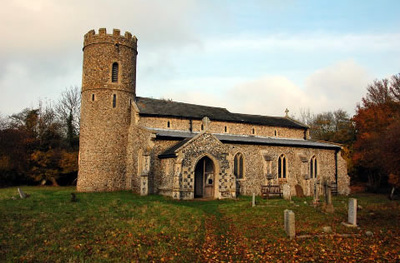
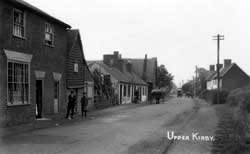
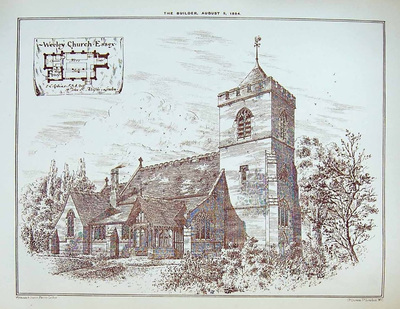
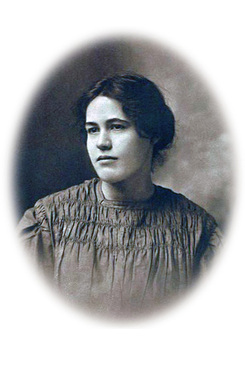
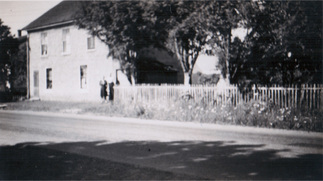
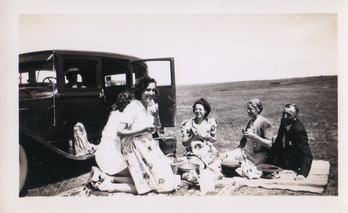
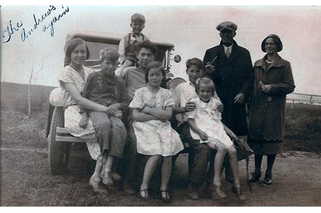
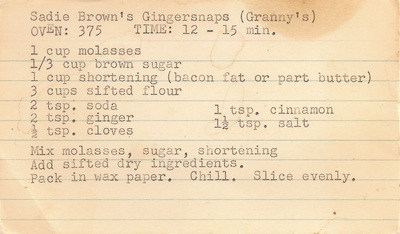
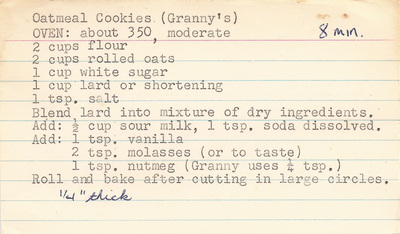
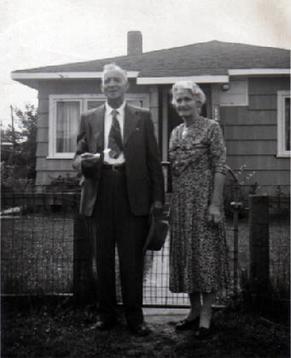
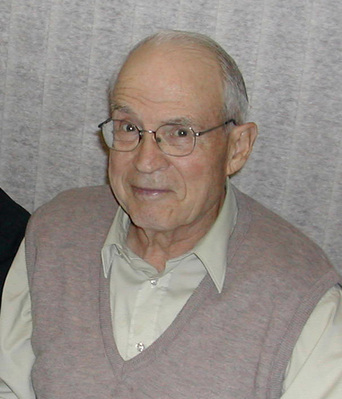
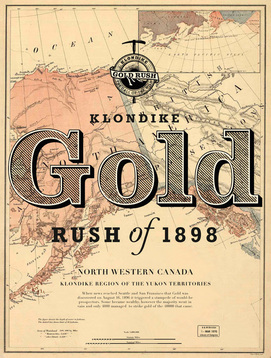
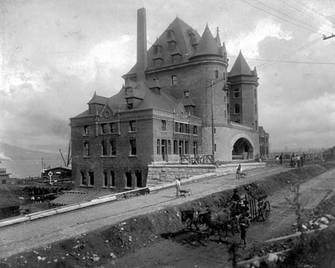
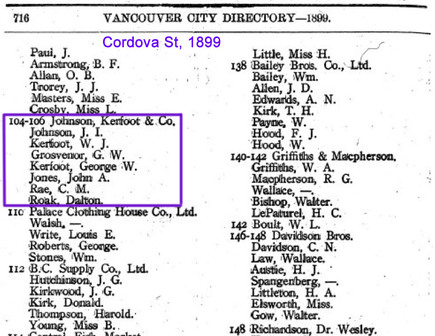
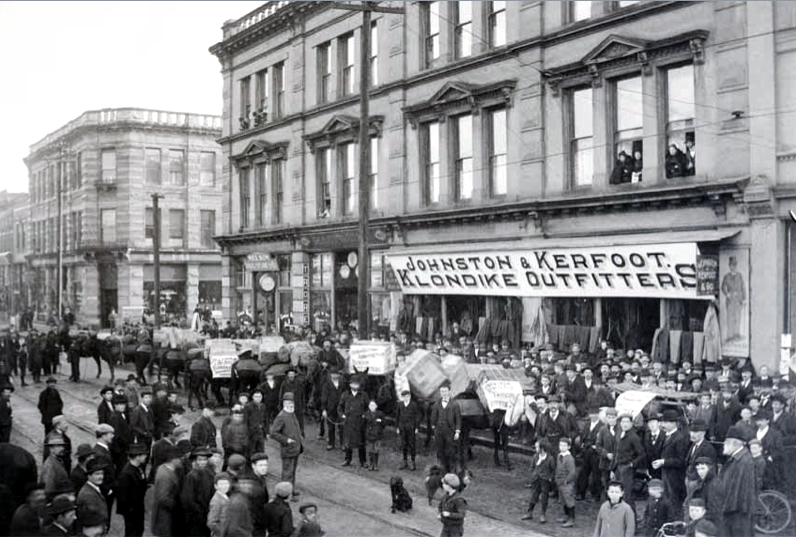
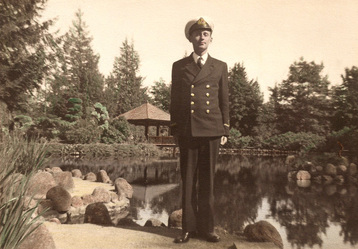
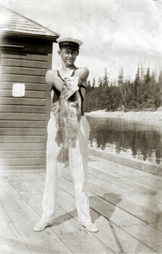
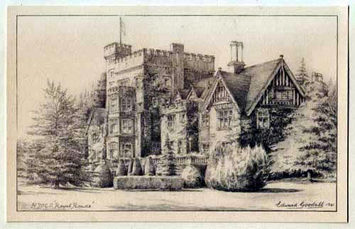
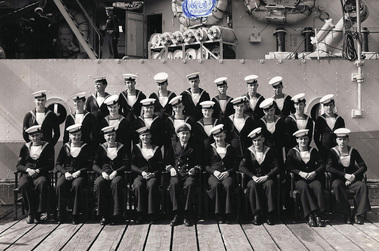
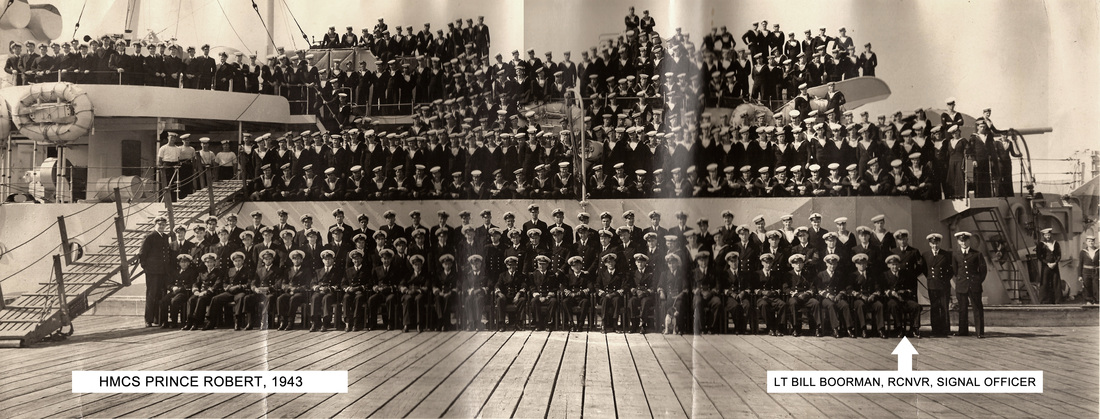
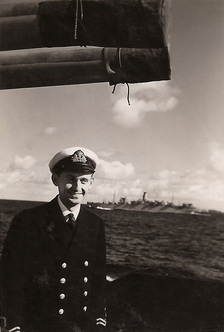
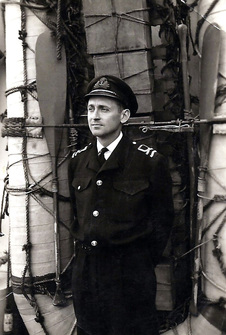
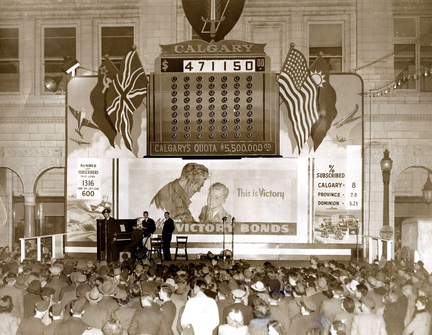

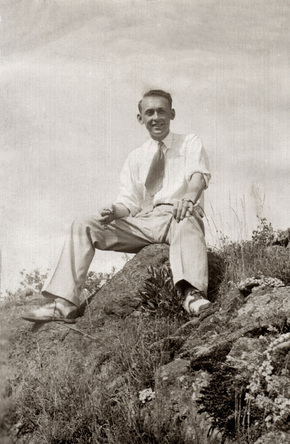
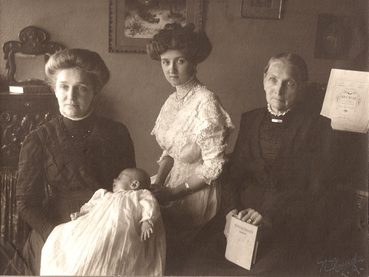
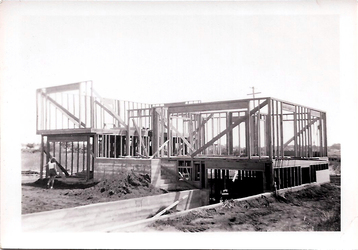
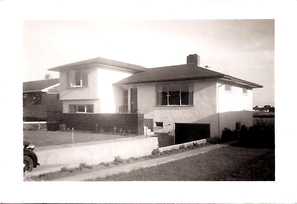
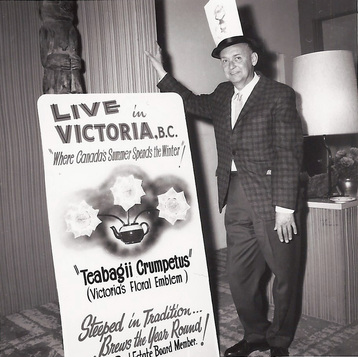
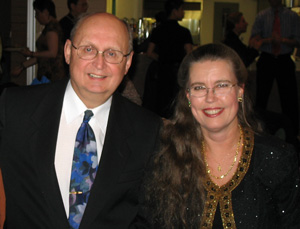
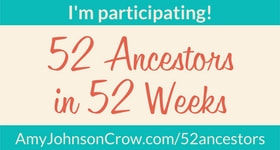
 RSS Feed
RSS Feed
